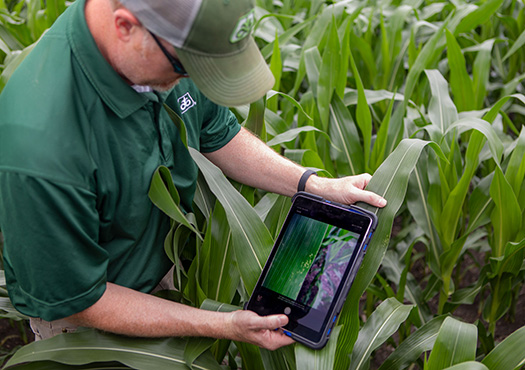Contact
My Local Pioneer Team
Our unmatched team of local professionals live and work in your community. They’re ready to help you select high-yielding products and provide year-round service and expertise. Have questions? Ask your local Pioneer sales representative today.
Find My Local Team












